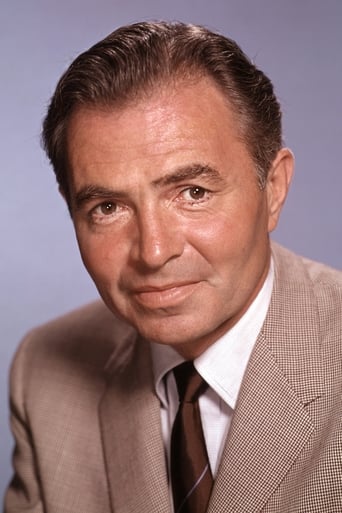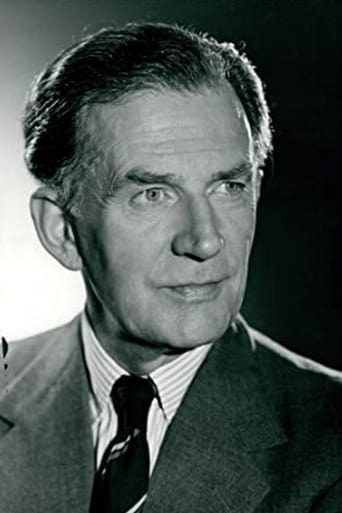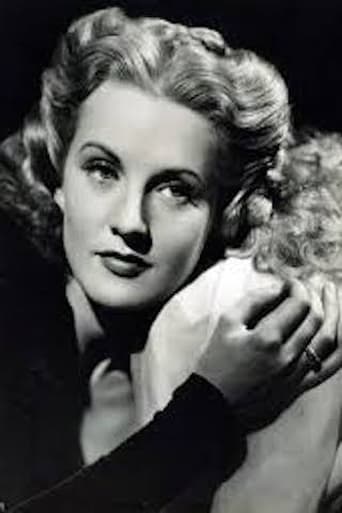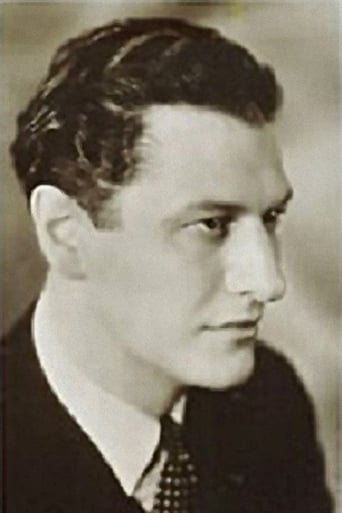Tacticalin
An absolute waste of money
Sharkflei
Your blood may run cold, but you now find yourself pinioned to the story.
Stephan Hammond
It is an exhilarating, distressing, funny and profound film, with one of the more memorable film scores in years,
Myron Clemons
A film of deceptively outspoken contemporary relevance, this is cinema at its most alert, alarming and alive.
edwagreen
Why don't we hear more about this masterpiece of a film exploring verbal abuse by James Mason, at his best here.The story of 3 sisters who marry and the only one finding happiness lost her child.Mason, as the abuser, and Dulcie Gray, who is unfortunate to be his wife, steal the acting in the film. A tense drama, I was wondering why the picture went from 1919 to 1937 so quickly in a flash. I was soon mesmerized by the effects of marriage upon the three couples.Phyllis Calvert is the selfish sister who warned her husband-to-be that she didn't love him and could drop him at a moment's notice. Blinded by his love for her, he was willing to give marriage a chance.Of course, the Mason-Gray marriage is the focus here, with Mason's constant verbal and mental abuse leading to tragedy at the end. The other sister, too busy with her lover, didn't come to help her sister at a critical moment and that invariably led to the suicide of Charlotte, Mason's long-suffering wife.The children in the film play their parts to the hilt and the movie should be seen as a reminder of what mental and verbal abuse can do.
clanciai
This is a women's film but extremely interesting for anyone to study in detail, as there are four different female characters developing in different directions, and each one is of paramount interest. The question is whose is the most interesting. Is it Phyllis Calvert as the strongest character who is doomed to a childless life with the best of husbands but makes the best of it by her honesty, or is it Anne Crawford as the more liberated Lucy, who is the one who from the beginning sees through the ugliness of James Mason's character, is it Dulcie Gray in her heartrending martyrdom gradually driven to the despair of alcoholism by the subtly increasing cruelty of her husband, or is it Pamela Kellino as James Mason's daughter torn between her loyalty to her after all loving father and her empathy with her mother? The drama is nonexistent at first, everything starts in a perfectly idyllic setting where nothing could even be suspected to go wrong, but gradually the tragedy sneaks in to grow surreptitiously into an overwhelming drama of human disintegration. It is marvellously composed, and Hubert Bath's idyllic music adds to it. James Mason of course dominates the whole stage from the first to the last in the extremely difficult performance of being convincingly inhumanly cruel after having started off as the perfect charmer, but every performance here is great, in a fascinating family chronicle of relationship complications that could happen in any family. Nine points at least.
howardmorley
If you have seen "The Man in Grey (1943)" and enjoyed it, you should take the time and trouble to seek out this forgotten gem from 1945 for it again stars James Mason playing a sadistic, manipulative husband, albeit in modern dress.Alongside, it tells the story of three very different sisters at a time between the two world wars.The story also follows their respective marriages and the type of husbands they wed.Phylis Calvert (Lucy) plays a "goody two shoes" sister who has tragically lost a daughter but has a very supportive, understanding husband.A very sexy Anne Crawford plays a promiscuous wife (Vera) who finds her husband boring and looks for affairs on the side.To be fair to her character, she did say to her fiancé that she did not love him before they wed.Nevertheless they have a daughter together.There is a brief sexy scene where Vera is putting on her stockings which is far more daring than you will see in American films of the time with the Hays Censorship Code in place.I have quite a collection of films of this vintage and the only equivalent film I can think of is the Madeleine Carroll/Robert Donat scene in the Scottish hotel bedroom from "The 39 Steps" (1935).As an aside, if you would like to see another performance by Anne Crawford, seek out "Millions Like Us" (1943).Finally Dulcie Gray plays (Charlotte) the passive victim-type sister who marries "Geoffrey" (James Mason) at his sadistic best.They have an elder daughter and a younger son and daughter who come to despise their cruel, manipulative father.You may smile at their frightfully refined, polished accents (presumably taught at stage school) but this is one of the charms I find from films of this time.Another reviewer commented on the near incestuous relationship hinted at in the film with his elder daughter played by his later real wife, Pamela Mason. Good must triumph in these morality films of the time.No, I won't provide a spoiler.I do know that I have my wife's attention with a film such as "They Were Sisters" if I dare to speak during it and she cuts me off.This was no exception!!
clover-6
Possibly the most compelling, if not nauseating depiction of non-physical domestic abuse that I've seen. Also, it seems about as clear as it could be at the time the film was made that the James Mason character is having a sexual relationship with his daughter, and the dynamic in their relationship is sometimes a bit too real to watch. James Mason seemed to get typecast in this sort of role for a while, probably because he's so good at it.




